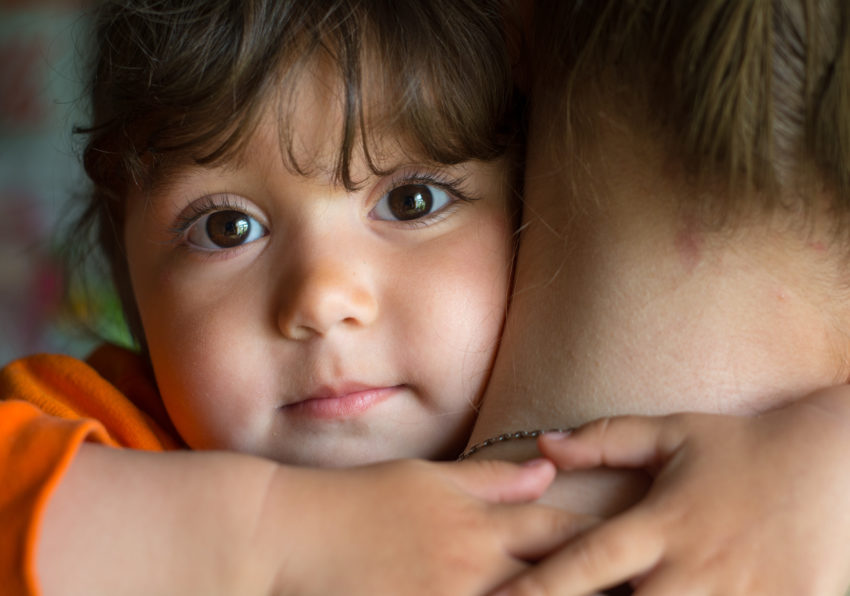
Share On Social!
While the term “child care desert” isn’t widely known, for many Latino families, the ramifications that stem from this lack of affordable, high-quality child care are fast becoming a major concern.
A child care desert refers to an area with at least 30 children under the age of 5 with either no child care centers or there were “more than three times as many children under age 5” as there were spaces in centers, the Center for American Progress (CAP) reports.
For working parents, finding quality and affordable child care can already be a daunting task; however, for those families living in rural areas, the problem becomes disproportionately worse. The CAP recently released a report examining the location of child care centers across eight states, which made up 20% of the U.S. population under the age of 5; of the population studied, 48% lived in child care deserts. Understanding the cost for child care is one solution; understanding the ability to find a center is another way of tackling this growing problem.
“Regardless of urbanicity, high-poverty child care deserts seem to be much more prevalent in Hispanic communities than non-Hispanic white or black communities,” according to the report.
The report studied populations in Colorado, Georgia, Illinois, Maryland, Minnesota, North Carolina, Ohio, and Virginia. Studying the geographic characteristics of “center-based early care and education programs,” the report included Head Start centers, public and private preschool programs, and independent child care centers.
Nearly two-thirds of the Minnesota ZIP codes and 60 percent of Illinois ZIP codes surveyed fit the definition of a child care desert. Across the eight states, more than 27 million people live in child care deserts, including 1.8 million children under the age of 5. More and more parents are part of the workforce and require high-quality child care. For Latinos, the largest growing population group in the U.S., utilizing child care is becoming a more “regular” occurrence in young families.
CAP analyzed data from the U.S. Bureau of the Census; they found the average weekly cost of child care for families with employed mothers is about 30 percent higher than it was 15 years ago. For those living in child care deserts, more than 50% in the rural areas of the states surveyed, the cost is even higher. Of the urban cities surveyed, only Chicago qualified as a child care desert.
Read more about this story here.
By The Numbers
84
percent
of Latino parents support public funding for afterschool programs



